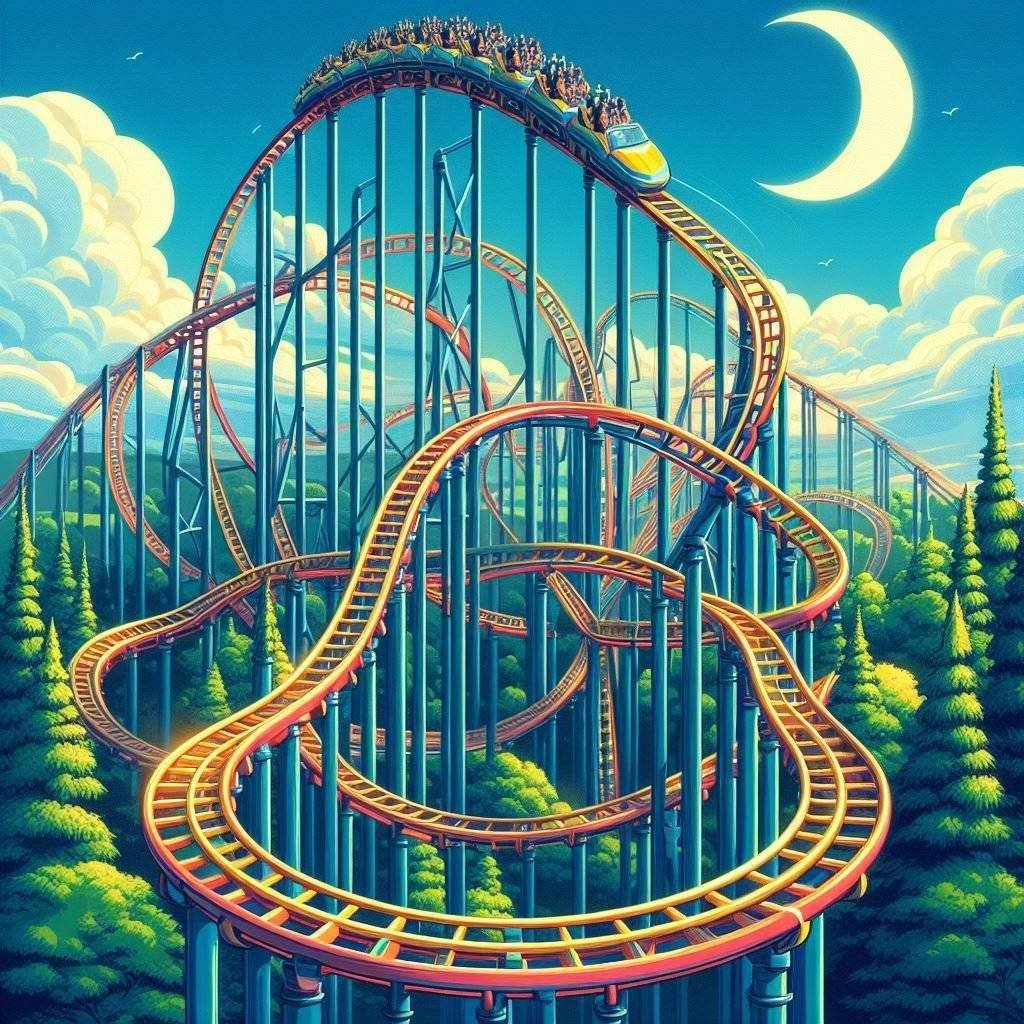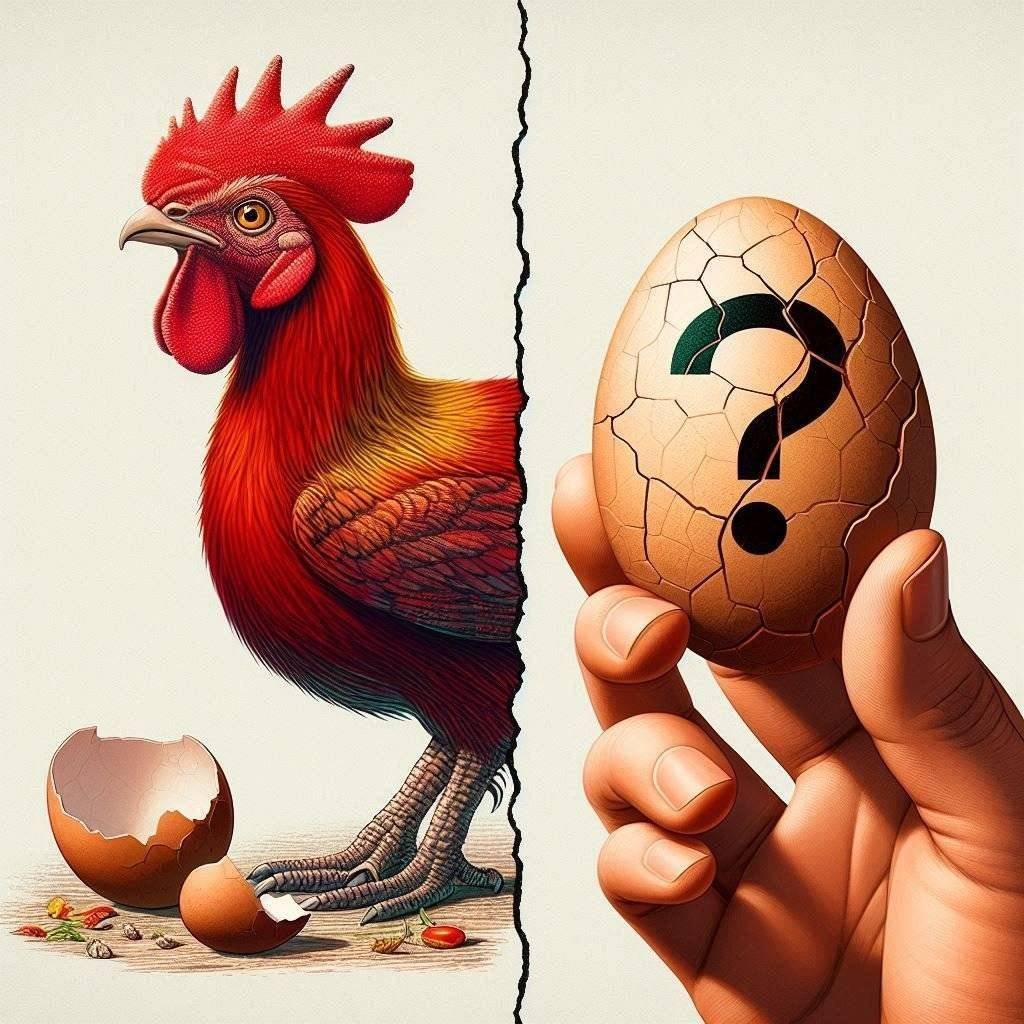Roller coasters are the heartbeat of amusement parks, drawing thrill-seekers from all over the world. These engineering marvels blend speed, height and intricate designs to deliver unparalleled excitement. However, the thrill comes with its share of worries. This article discusses the iconic Top Thrill Dragster roller coaster, the problem of roller coaster cracks, and a notable accident at Fun Spot. We aim to provide a comprehensive look at the excitement and safety measures to ensure these rides are fun and safe.
Table of Contents
Top Thrill Dragster Roller Coaster
History and background
Located at Cedar Point in Sandusky, Ohio, Top Thrill Dragster is a legend in the amusement park world. Opened in May 2003, it was the world’s first full-circuit roller coaster to exceed 400 feet in height, marking a milestone in coaster design.
Key features and specifications
Standing 420 feet tall with a launch speed of 120 mph, Top Thrill Dragster is a strata coaster that offers a 17-second adrenaline rush. Its unique hydraulic launch system catapults riders from 0 to 120 mph in just 3.8 seconds, sending them down a vertical track before descending into a 270-degree twist.
The thrill factor
The sheer speed and height of the Top Thrill Dragster makes it one of the most exhilarating experiences available. Riders often describe the launch as a heartbreaking event and the drop as a mixture of fear and exhilaration.
Maintenance and safety protocols
Cedar Point ensures the safety of Top Thrill Dragsters through a strict maintenance schedule. Daily inspections, detailed off-season overhauls, and state-of-the-art monitoring systems are in place to keep the ride in top condition.
Roller Coaster Cracks: A Growing Concern
What is a roller coaster crack?
A roller coaster crack refers to a fracture or split in the structure of the ride, which can occur in the track, supports or carriage. These cracks can compromise the integrity and safety of the coaster.
Cracks are common causes
Cracks can occur due to metal fatigue, stress from continuous use, environmental factors such as corrosion, and manufacturing defects. Regular wear and tear, especially on older rides, also plays a significant role.
Potential hazards and risks
The presence of cracks can lead to catastrophic failure if not detected early. These can range from minor errors to major accidents, which pose serious risks to riders and staff.
Detection and prevention measures
To prevent such hazards, amusement parks use advanced technologies such as ultrasonic testing and infrared thermography to detect cracks. Regular visual inspections and stress tests are also important.
Fun Spot Roller Coaster Accidents
Accident overview
In 2023, a notable accident occurred at the Galaxy Spin roller coaster at Fun Spot America in Orlando, Florida. This incident brought attention to security protocols across the industry.
Details of what happened
A car derailed from the track, resulting in several injuries. Initial reports suggested structural failure as the cause, highlighting the importance of rigorous maintenance.
Immediately following and responding
Emergency services responded quickly, treating the injured and securing the site. Fun Spot America has fully cooperated with investigators, temporarily shutting down the ride pending a comprehensive review.
Safety reviews and investigations
The accident prompted a thorough investigation by safety regulators, leading to new safety recommendations and the temporary shutdown of similar rides for inspections.
Impact of roller coaster accidents on industry
Public perception and fear
Accidents can significantly affect public confidence. Fear of potential hazards can deter visitors, affecting the profitability of the amusement park industry.
Changes in regulations and standards
High-profile accidents often lead to stricter safety regulations and industry standards. Authorities can mandate more frequent inspections and higher safety benchmarks.
Technological advances for security
In response to accidents, industry constantly innovates. Advancements like real-time monitoring systems and advanced materials help make rides safer than ever
Case studies of post-accident recovery
Historically, many security advances followed critical incidents. For example, after a fatal accident at Six Flags in the early 2000s, the industry saw the adoption of stricter safety standards and better ride designs.
Ensuring roller coaster safety
Routine inspection and maintenance
Regular maintenance is the backbone of roller coaster safety. Parks perform daily checks, monthly reviews and annual overhauls to ensure everything is running smoothly.
Engineering innovation
Advances in engineering have introduced safer and more reliable ride components. Magnetic braking systems, for example, offer more control and less wear than traditional friction brakes.
Role of government and regulatory bodies
In the United States, government agencies such as the Consumer Product Safety Commission (CPSC) oversee the safety of amusement parks, enforcing compliance through regulations and periodic inspections.
Training and qualification for operators
Well-trained personnel are critical to safety. Operators undergo extensive training to handle emergencies and perform routine maintenance tasks effectively.
The future of roller coasters
Emerging trends in roller coaster design
Modern designs focus on providing thrills while providing maximum protection. Concepts such as virtual reality (VR) coasters and hybrid designs combining steel and wood are gaining popularity.
Security technology innovation
Future safety technology includes AI-powered monitoring systems that predict and prevent potential failures, ensuring a safer experience for riders.
A balance of thrill and safety
The challenge for designers is to create an enjoyable experience without compromising security. This balance is achieved through rigorous testing and innovative design techniques.
Predictions for the next decade
In the coming years, expect to see coasters pushing the boundaries of speed and height with unmatched safety records thanks to continuous technological advancements.
Conclusion
Roller coasters offer unparalleled excitement, blending engineering ingenuity with sheer fun. Top Thrill Dragster remains an iconic ride, showcasing the pinnacle of coaster design. However, incidents like the Fun Spot accident remind us of the importance of safety in this thrilling industry. Continuous improvements, strict regulations, and state-of-the-art technology ensure that the future of roller coasters remains bright and safe.
FAQs
- How often are roller coasters inspected for safety?
Roller coasters undergo daily inspections, with more comprehensive checks monthly and annually to ensure all components are in excellent condition. - What should I do if I see something wrong with a roller coaster?
If you notice a problem, report it to the ride operator or park staff immediately. Do not attempt to fix or investigate the problem yourself. - Are new roller coasters safer than old ones?
Generally, new roller coasters incorporate the latest safety technology and design improvements, making them safer than older models. - How do engineers test roller coasters before they open to the public?
Engineers conduct extensive testing including computer simulations, structural stress tests and multiple trial runs with weighted dummies to ensure safety. - What is the safest type of roller coaster?
While all roller coasters are designed with safety in mind, those with modern magnetic braking systems and advanced monitoring technology are considered the safest.



